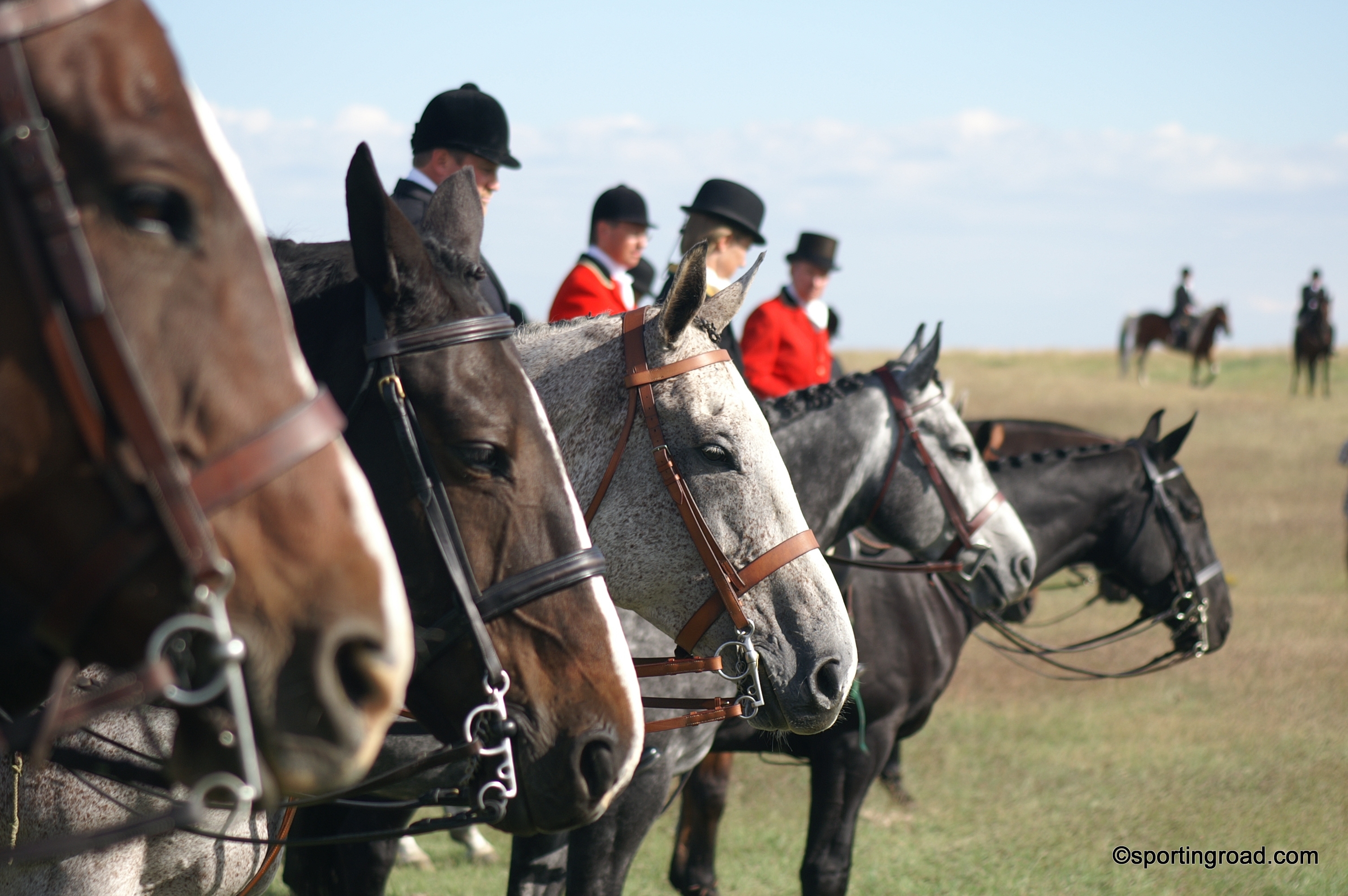We love to live, eat and travel. And, we like to share our stories and photos taken from our travels along the Sporting Road. Film largely delivers the nuance and it is evocative. It has a timeless, elegance and honesty that is difficult to replicate in digital photography. We like to invite the viewer into the frame and make you feel like you’re there. Hence, we gravitate toward the Leica and other similar looks in photography nowadays with digital technology.
We have been published in and/or have been columnists for:
- The Chronicle of the Horse
- Horse Connection Magazine
- In and Around Horse Country
- The Fence Post
- Maverick Press
- Covertside Magazine
A PREFERENCE FOR THE OLD FILM DAYS, EVEN WHEN DIGITAL WAS WIDESPREAD- BEN EDEN’S ADVICE ON LEICA FILM FOR WEDDING PHOTOJOURNALISM INCLUDING OUR HUNT WEDDING
For a wedding in France, we selected a wedding photographer, Ben Eden, who is a fine art documentary photojournalist with credits in Time Magazine, National Geographic, etc., who dabbles in wedding photography when he is not on other assignments. This selection of a wedding photographer completely changed our view of photography. This professional photographs weddings using 3-4 Leica M6’s around his neck, shoots in 35mm film, rarely if ever uses a flash, and never photographs staged portraits. He mingles with the crowd and takes lots of candids, shooting mostly in black and white film. The pictures are artistic, to say the least, yet they are riveting and tell the story far better than staged wedding portraits. He uses the M6 Leicas exclusively, though he admits he is considering the Leica MP (also a 35mm film camera). However, for us, the ability to manipulate images at home with programs like Picasa and Photoshop, have made every photographer in complete control of his own personal darkroom at home, for little additional cost. So, we looked for a digital solution that would still give us as close of an approximation to Ben’s work as possible. We have now come to own the Leica V-Lux 20, the Leica D-Lux4 and the D-Lux 5, the later two are of the few cameras to shoot in RAW format and does so at an astounding 10 megapixels. The body of the D-Lux is somewhat similar to the M-6’s, as nothing changes very fast at Leica. Further, fast changing light can indeed be a challenge to most cameras other than Leicas. Now, another factor to consider is that negative film – both color and black & white – has a wide exposure latitude. This is perfect for the huge contrast range in wedding photography – think white wedding dress and charcoal tuxedo – compounded with, as you mention it, quite unpredictable light. With digital, the Leica D-Lux still allows for this by photographing in RAW mode only, even if it means increasing mobile storage requirements and processing time/effort considerably. Happy shooting!
“The great revolution in photography came through the development of the miniature camera. This revolution was wrapped in for reaching. It has carried the 35 mm film into all fields of visual communication. Just given photography a giant lake forward, brought it into new realms, recorded history in the making, created a new, kind of magazine, journalism, and even exerted to change in our social pattern. And all this is taking place in a few years. It’ll all began with the Leica.“ Morgan and Morgan.
AND ON TO THE DIGITAL DAYS- SCOTT HOLTER’S ADVICE FOR POLO AND HORSE PHOTOGRAPHY
I use a Canon 5d Mark III – with the 100-400 f.56 zoom II lens and also the 70-200 f2.8 I lens. I use Manual settings mostly because I can control the look and feel of what I want (ISO is usually set to 400 to 800 depending on light) (shutter speed is 800 on up) (f-stops are set as low as I can go so f2.8 or 5.6 depending on the lens). ABOSOLUTLEY NO filters on the lens – as one person said why buy a $2000 lens and put a $100 piece of plastic in front of it. However, I do use a Circular polarized filter from time to time to help offset the green grass for polo photography and to make the clouds pop..
I use Lightroom 100% of the time for editing. I don’t like their current model of the cloud based software and hope they will go back to a onetime License instead of a monthly fee. I want to get Heather Lightroom but can’t see paying a monthly subscription fee. I have various presets for my sports (Rugby etc) that I use constantly in order to keep the players/rider and horse at the correct exposure etc. Cropping the shots probably takes the most time. I shoot JPG. RAW is for something that I know I’m going to really edit of landscape shots etc. For sports, it’s mainly JPG. RAW is too large of a file and besides its takes a long time to ‘write it’ to the card in the camera. I use Topaz modules for Lightroom to create “paintings” and other lighting effects, etc.

